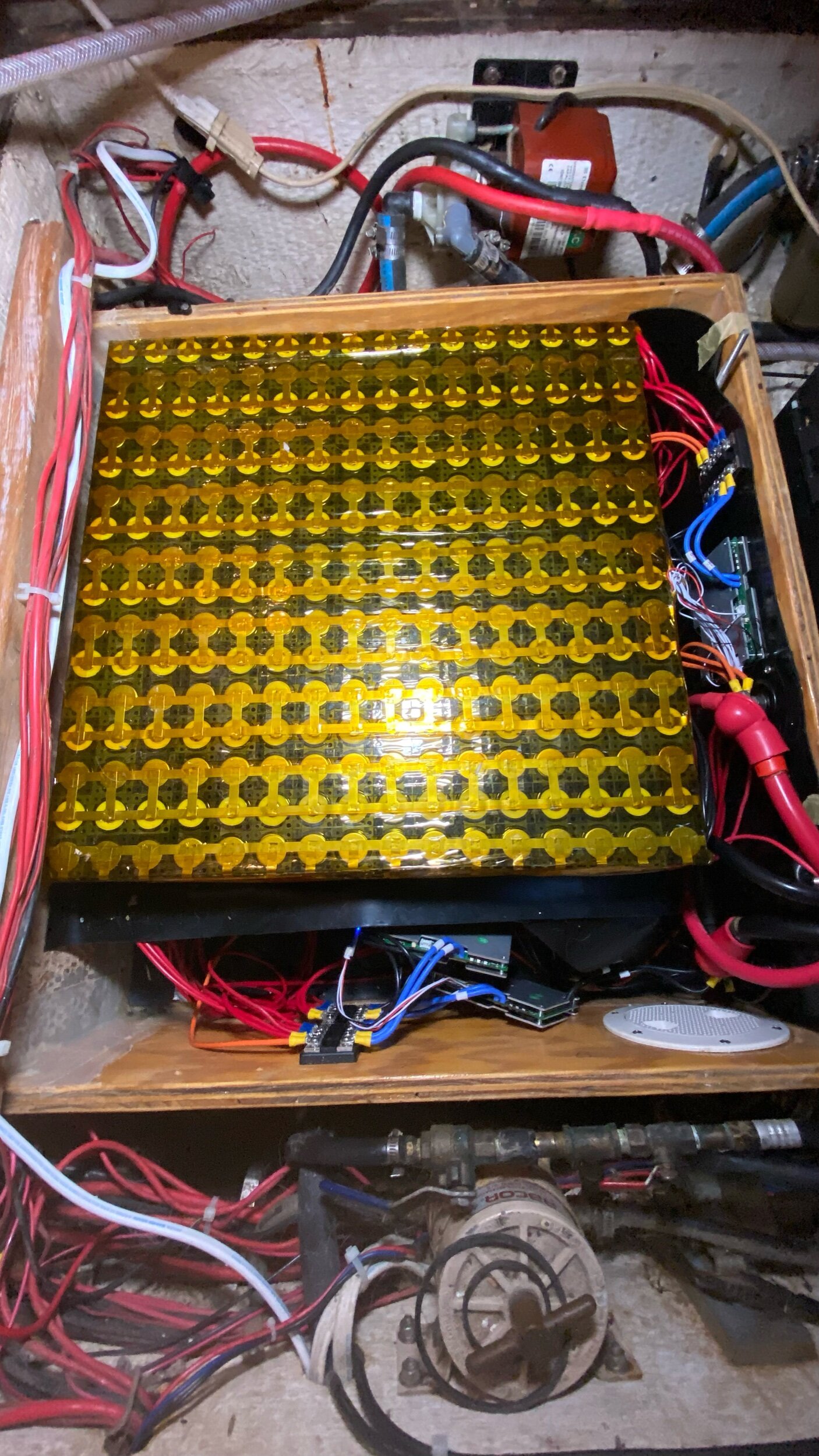When building a Lithium Battery, there are a lot of things to consider. How much energy will the battery need to store? How quickly will that energy need to be given up? How much work do I want to do to build this battery?
All of these questions can actually be answered with one simple choice: Cell Type.
There are two main types of cells commonly used for Lithium Batteries: Cylindrical and Prismatic.
Cylindrical cells offer you the ability to make a more custom shaped battery, as each individual cell is smaller and you can pack it into custom shapes with ease! This sounds great, but to build a battery, you will need to connect all these small cells together and that is a lot of work!
Prismatic cells, on the other hand are much bigger, so each cell holds more power and this means fewer cells are going to be involved in the battery build. Fewer cells means fewer connections, which means less work! Instead of spot welding each tiny cell over and over again, all you need to do is bolt the cells together with metal plates that connect the circuit. It’s that easy!
To think about it from the standpoint of building a 12v 100ah battery: You could build it using 4 100ah prismatic cells or 80 5ah cylindrical cells. That’s 16 bolts compared to 160 spot welds!
When it comes to packaging, you really begin to see the difference between the two. Cylindrical cells are a multitude of tiny components, allowing you to connect them in any orientation that you need to fit your battery box. Prismatic on the other hand are rather large so their space form is fully dictated. You need to find a box that fits them rather than trying to fit them to a battery box.






